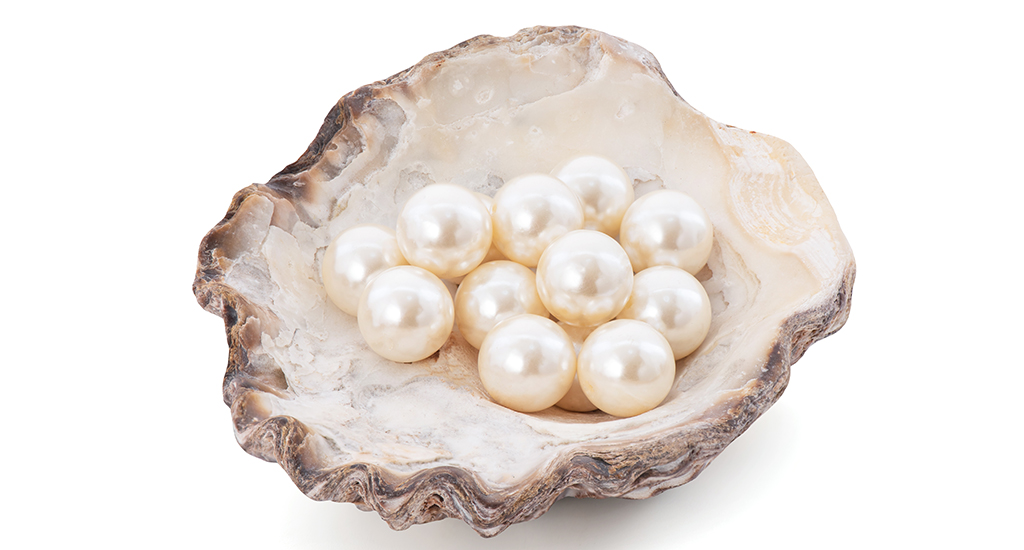
How pearl farms bring money to a parched village in Maharashtra
While growing a crop is extremely difficult in drought-affected Marathwada, pearl cultivation becomes an alternative and viable source of income to farmers.

While growing a crop is extremely difficult in drought-affected Marathwada, pearl cultivation becomes an alternative and viable source of income to farmers.
Drought is a part of life in the Marathwada region of Maharashtra, where cracked dirt lines fields and empty irrigation canals in the driest summer months, and dust devils punctuate a landscape in shades of brown. Growing a crop is near to impossible and yet, this parched land produces precious pearls.
Surprised? Don’t be.
Driven by low farm yields and life-altering changes wrought by the pandemic, eight ingenious farmers decided two years ago to do what no one has tried before in their Shahapur village of Osmanabad district’s Tuljapur tehsil. Cultivate oysters and harvest pearls.
And like they say in Marathi, “Zase perave tase kapave (as we sow, so shall we reap)”, the group’s Triveni Pearls and Fish Farm, a farmer-producer company, has harvested 10,000 shiny pearls from the hatchery so far – essentially a pond 100 feet wide, 300 feet long and 20 feet deep. It has earned Rs 14 lakh in the first year of the experiment.
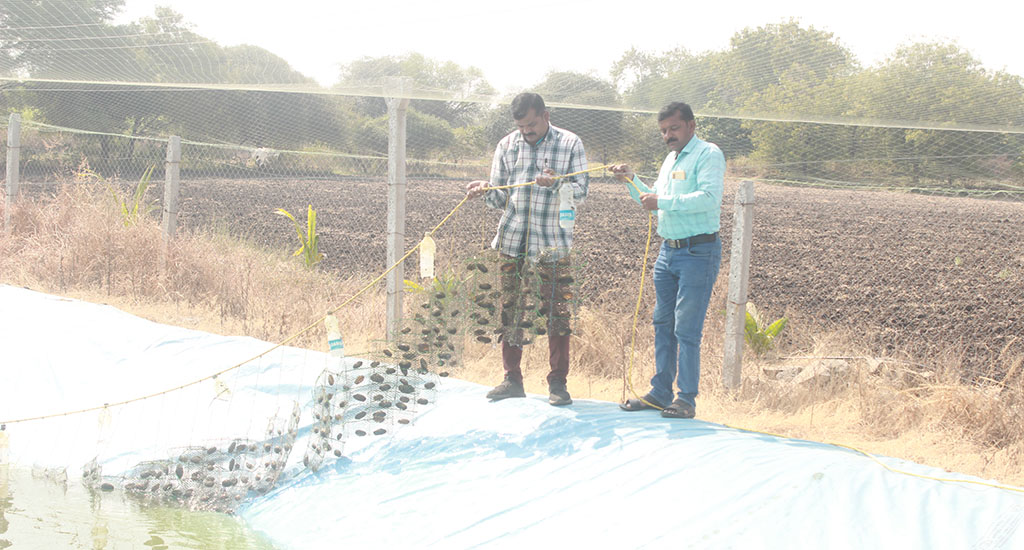
It all started with Sanjay Pawar, who leads the group, looking for a silver lining to the situation in his drought-prone village. That is when he came across information about pearl farming and took the trouble of getting trained at the Central Institute for Freshwater Aquaculture (CIFA) in Odisha’s Bhubaneswar in 2020.
He returned home with news skills, and convinced seven fellow farmers – Vijay Pawar, Sushma Shinde, Naim Patel, Govind Shinde, Supriya Kadam, Ajay Pawar, Sachindra Singh. They pooled money to dig the pond between 2020 and 2021, investing Rs 8.5 lakh.
Also Read | Rainwater Harvesting: How a parched village catches rain to prosper
Furthermore, the team bought 25,000 fledgling freshwater oysters at Rs 90 apiece from a trader in Aurangabad.
Here’s another pearl of wisdom that goes around in Shahapur: “Zase pikela tase vikela (as it ripens, so it will sell).” And here’s why it fits perfectly with the eight oyster farmers.
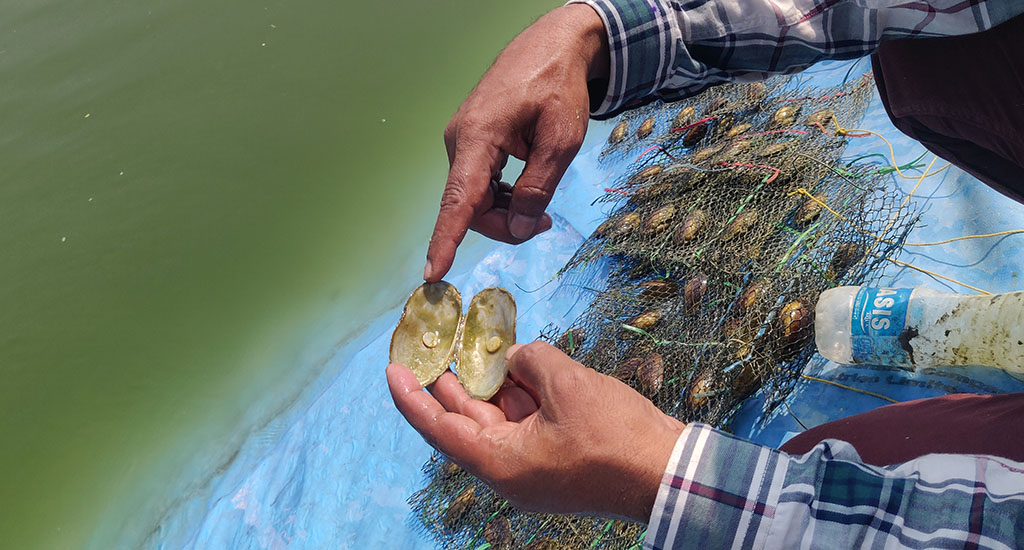
“We planted mussels in July 2021 and harvested pearls in September 2022. We got 10,000 pearls and sold them at Rs 400 apiece. That accounts for Rs 40 lakh. We made a profit of Rs 14 lakh the first year itself, subtracting the initial investment,” Pawar said.
The pond is covered with a tarpaulin sheet tied to fence poles to provide shade and reduce evaporation. It also has a chicken wire fence. Ropes fixed with steel meshes are horizontally suspended underwater and eight to ten oysters are fixed to each of these contraptions.
Pawar pulls up a submerged net to show the oysters and takes out one with an open shell. It means the mussel is dead. Around 15,000 oysters had died, but the trader refunded Rs 13.5 lakh.
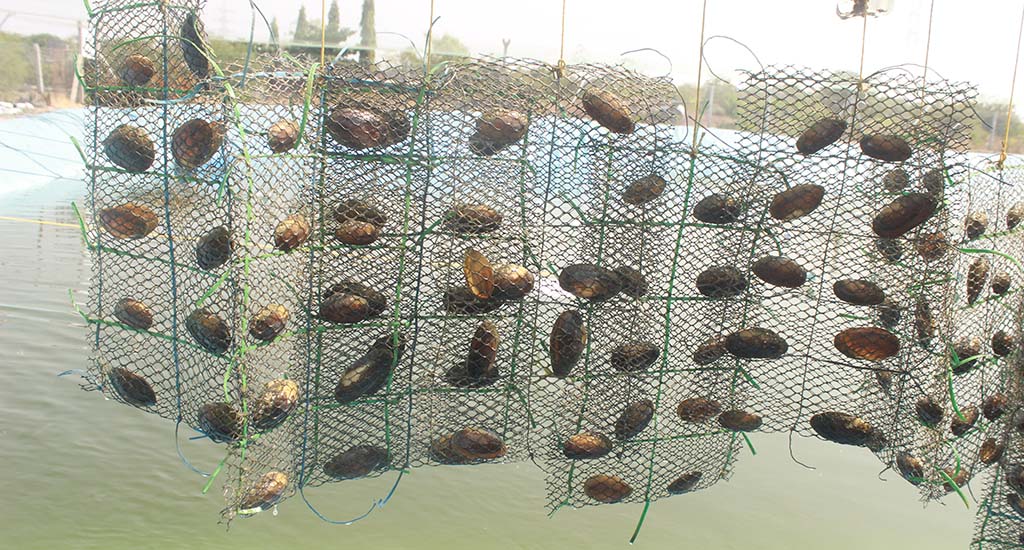
Team-mate Govind Shinde said pearl farming is easier than he thought. “We put 1,000 spirulina tablets each month in the pond. These help algae growth in shells, which is mollusc food. We run a pump to oxygenate the water. That’s about it. Not much care.”
Also Read | Vineyards of hope amid Marathwada drought
Arun Ambore, the owner of Indo Pearl Farming in Aurangabad, sells molluscs to the eight farmers, who bought 50,000 this year. “There must be at least 4,500 farmers in Maharashtra cultivating pearls over the past 10-15 years. We buy pearls from farmers and sell them to industries in Jaipur, Hyderabad and Rameshwaram that cut and polish the gems,” he said.
A pearl is the iridescent precious bead formed when an irritant slips into an oyster’s shell. In the early 1900s, Japanese businessman Kokichi Mikimoto perfected a process to make “cultured” pearls by implanting an irritant into an oyster, which stimulates the secretion process that creates the hard stone in nature. By World War II, artificial pearls had taken over the market.
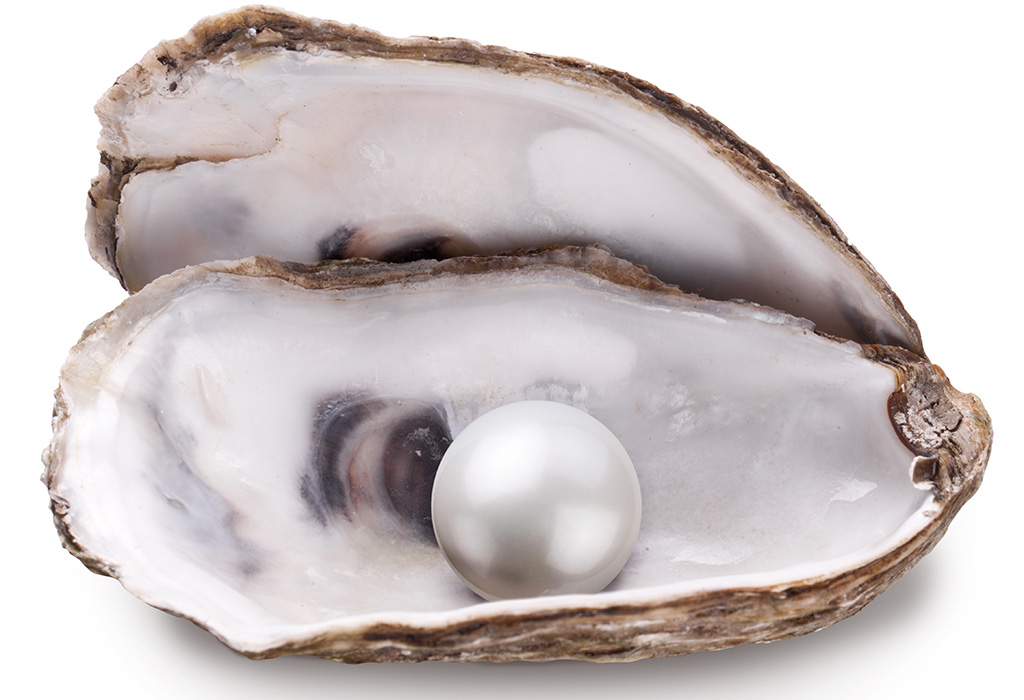
“Freshwater mussels are used to commercially grow pearls. Technicians place irritants/debris like rice or millet based on what shape of pearls they want,” said Shailesh Saurabh, a scientist at CIFA.
The Lamellidens marginalis species, with a success rate of 70%, is the most preferred in India – which produces more than 75,000 pearls each year, according to a scientist at CIFA.
Trader Ambore said the Shahapur bought molluscs inserted with designer debris in the shape of Ganesha and Shivaji busts last year. They took this year mussels ingested with buttons for circular pearls.
Also Read | Marathwada farmers harvest water in streams, reap rich yields
The government supports farmers with training at CIFA and financial assistance to dig ponds and buy mussels. The Shahapur farmers didn’t get any funds, though they applied. They are now planning to dig another pond.
The lead image shows pearls, similar to the ones Shahapur farmers cultivate (Photo by Wasanajai, Shutterstock)
Varsha Torgalkar is a journalist based in Pune.